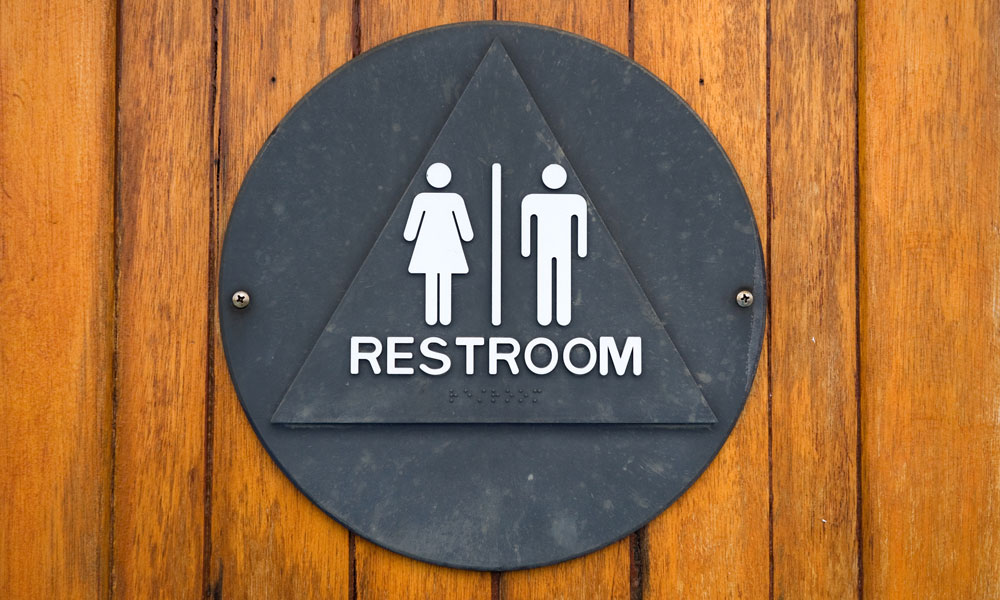
Principals Group: Treat Transgender Students Fairly
With a new position paper, the National Association of Secondary School Principals is making clear where it stands on ensuring equal treatment for transgender students.
Prior to the Obama administration issuing guidance last week directing public schools to ensure that “transgender students enjoy a supportive and nondiscriminatory school environment,” including the ability to use bathrooms matching their gender identity, the National Association of Secondary School Principals decided it was time to address the issue in schools.
NASSP released a position statement in support of the rights of transgender students on May 5. It not only covers topics such as bathroom and locker room use and accessibility to mental health services but also provides recommendations for school leaders and federal, state, and district policymakers.
“For school leaders, this statement reaffirms the commitment NASSP has always professed to addressing the needs of each student so we can build each student’s human potential,” said NASSP President and Pennsylvania principal Michael Allison in a statement. “Transgender students are already at high risk for suicide and other destructive behaviors. While principals and other committed educators look for ways to embrace these marginalized students, policies in some states push them further to the margins. We find that unacceptable and we cannot stay silent.”
The paper aims to address the “marginalization and institutional bias” against transgender students. “The principal must provide an affirming school environment where each student is treated fairly, respectfully, and with an understanding of each student’s culture and context,” the position paper reads.
NASSP Director of Public Affairs Bob Farrace said the board felt it needed to take a position when members began requesting clarification and guidance for working with transgender students and states began considering transgender-related legislation.
“As this was becoming more of trend around the country, there was a greater urgency for school leaders to say something about it,” Farrace said. “The fact is for school leaders this is an issue of equity, making sure that all students are being given what they need so [they] can succeed. And the laws we saw passed in the states were contrary to that.”
Even though members have positively responded to the position paper, NASSP knew it would spark debate—namely among those outside the education sphere. In fact, this paper has drawn more discussion and comment than NASSP is used to receiving, Farrace said.
“We went into it with our eyes wide open,” he said. “We knew exactly what we were getting ourselves into. We knew there was going to be some controversy, but that controversy was in the outside world, not so much in the education community.”
Farrace noted that among principals, there is little disagreement on how to treat transgender students. “The controversy really exists in the public square, but once you go into schools, there are no sides. There are just kids, and that’s the lens through which all principals are seeing it. They’re looking at individual, unique kids and doing everything they can to meet the needs of each individual kid to the best of his or her ability.”
So while the association can provide the research and guidance on how best to support transgender students, it’s the principals who will carry the message’s importance to those outside school administration.
“What we have in the membership of NASSP is an extraordinary asset in terms of the ability to transfer a message from a very credible source, so it’s very important that we exercise that ability for issues that really matter in education. And this is an issue that really matters in education,” Farrace said. “What this does is empowers principals to really talk about the issue knowing that they have the support of their professional organization behind them.”
The paper will be open to public comment until June 10—a process NASSP deemed necessary for such a controversial issue—and in July the board will vote whether to formally adopt the statement.
NASSP's position paper speaks up on issues involving gender identity and restrooms. (iStock/Thinkstock)






Comments